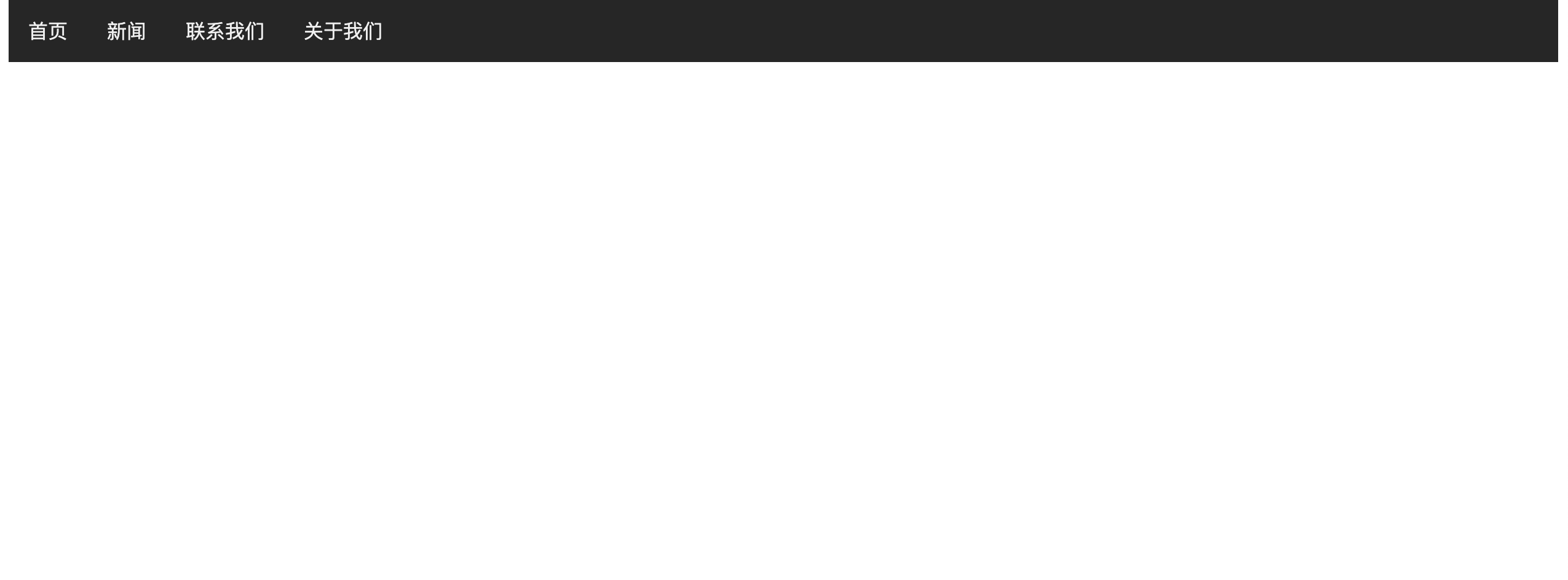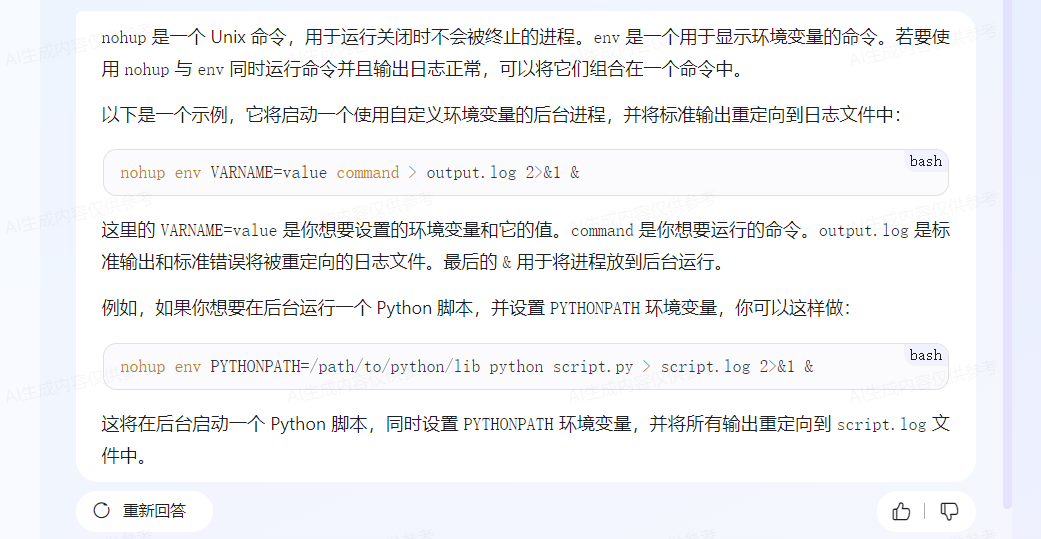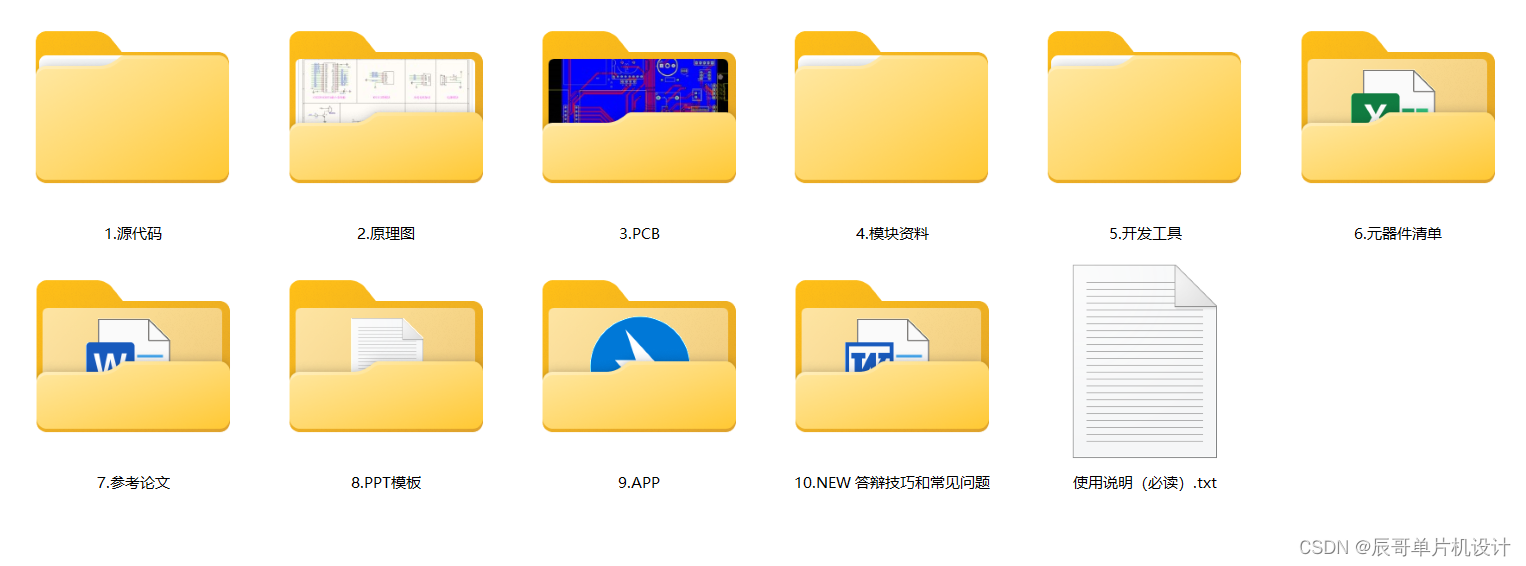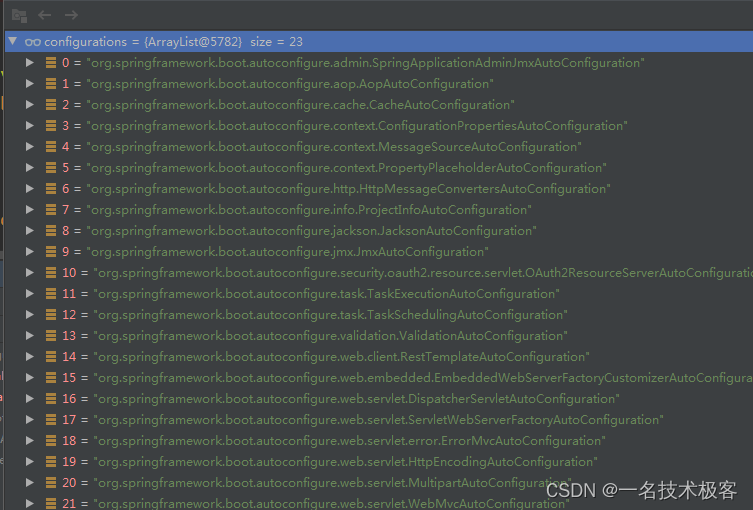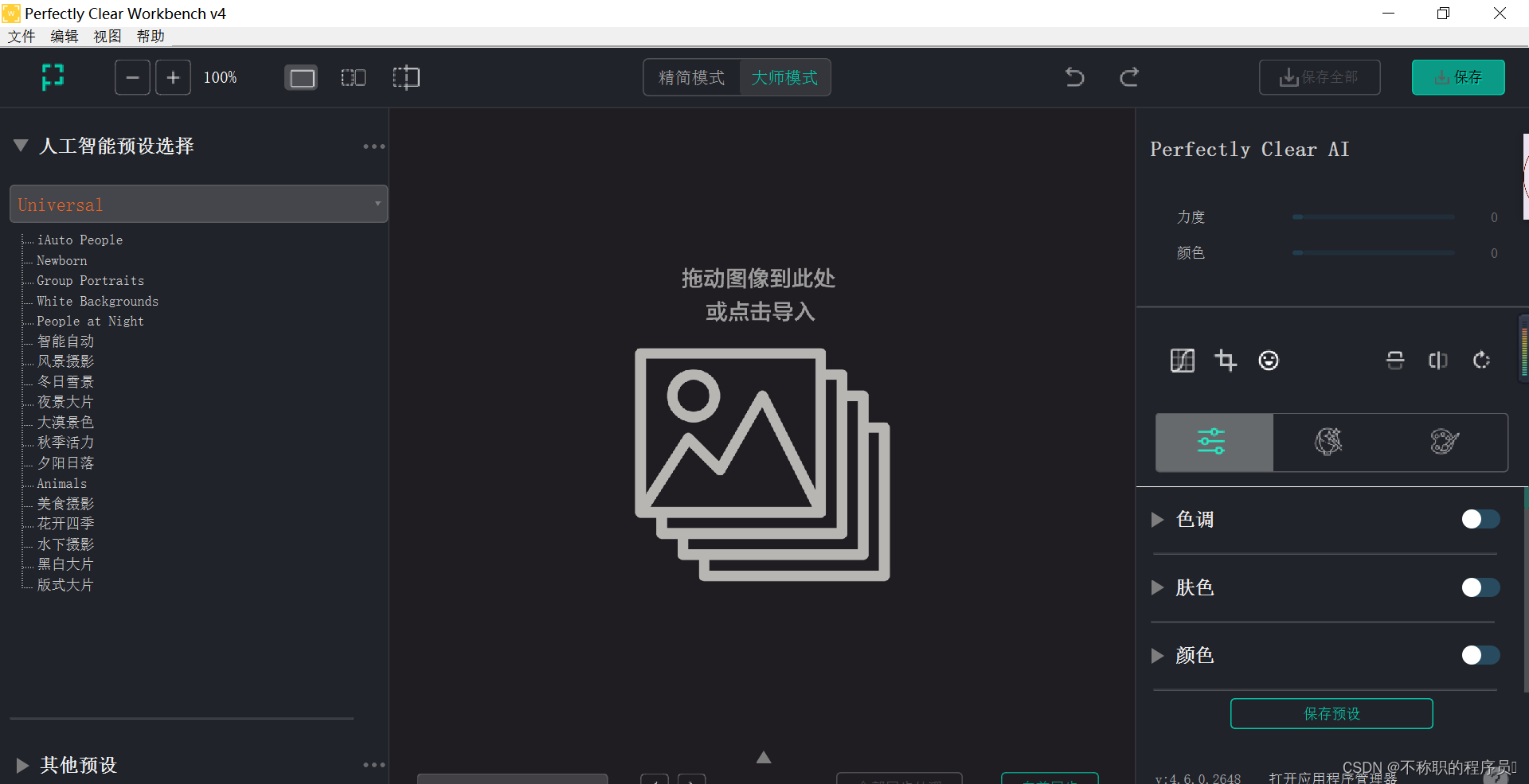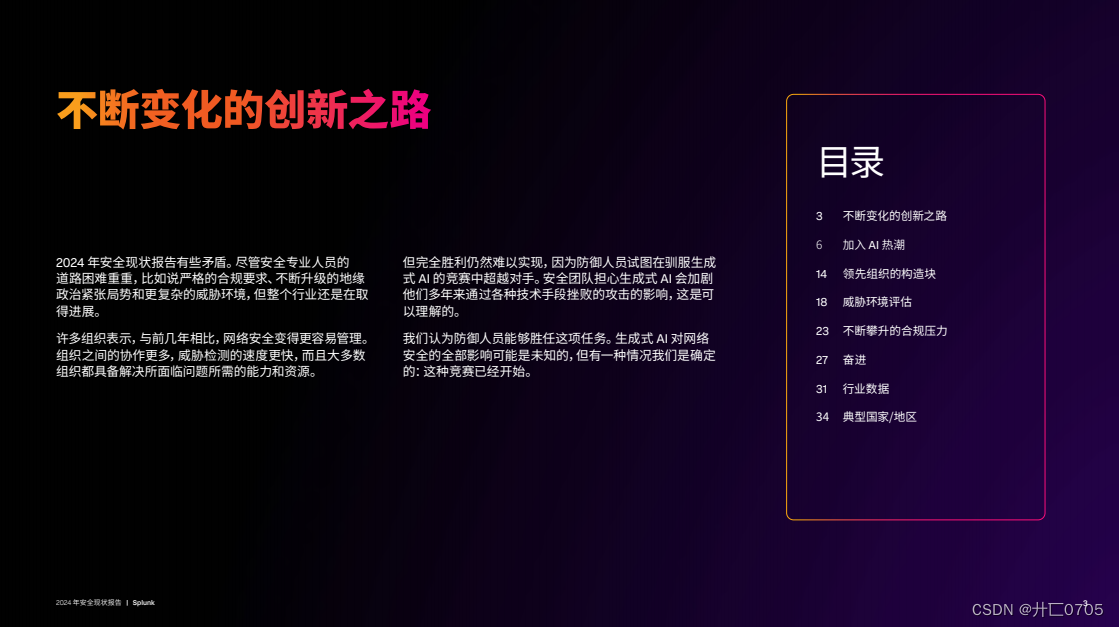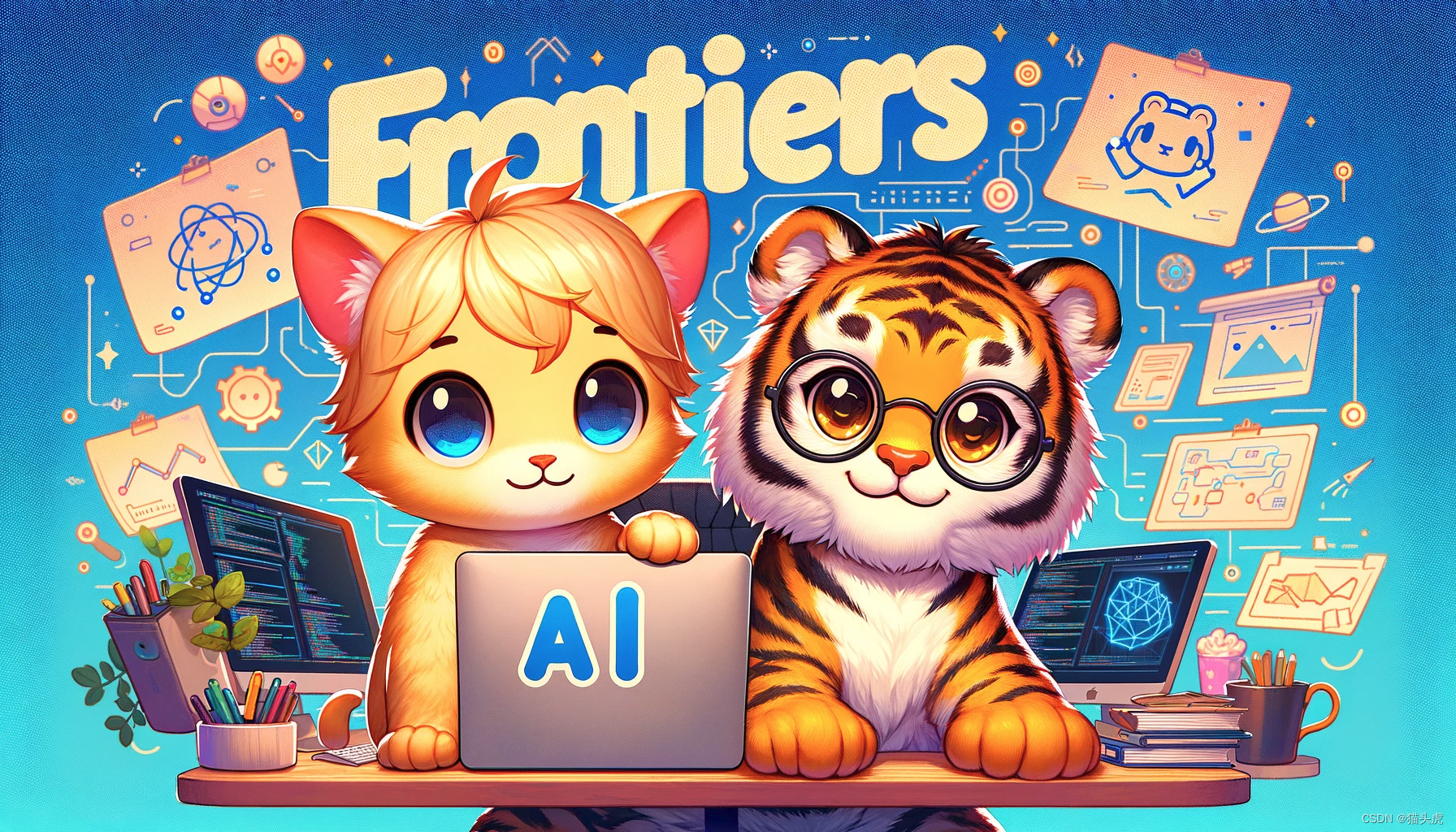我们通过在关键节点打断点的方式,去分析一个鼠标事件的流程。
我们知道chromium是多进程模型,那么,我们可以推测:一个鼠标消息先从主进程产生,再通过跨进程通信发送给渲染进程,渲染进程再发送给WebFrame,最后被派发到目标Node上。
于是,首先,我们在主进程,找到鼠标时间的最终消费点,打上断点,进行分析:

主进程继续往下走,就是把事件通过跨进程通信框架mojo发送过去的逻辑了:
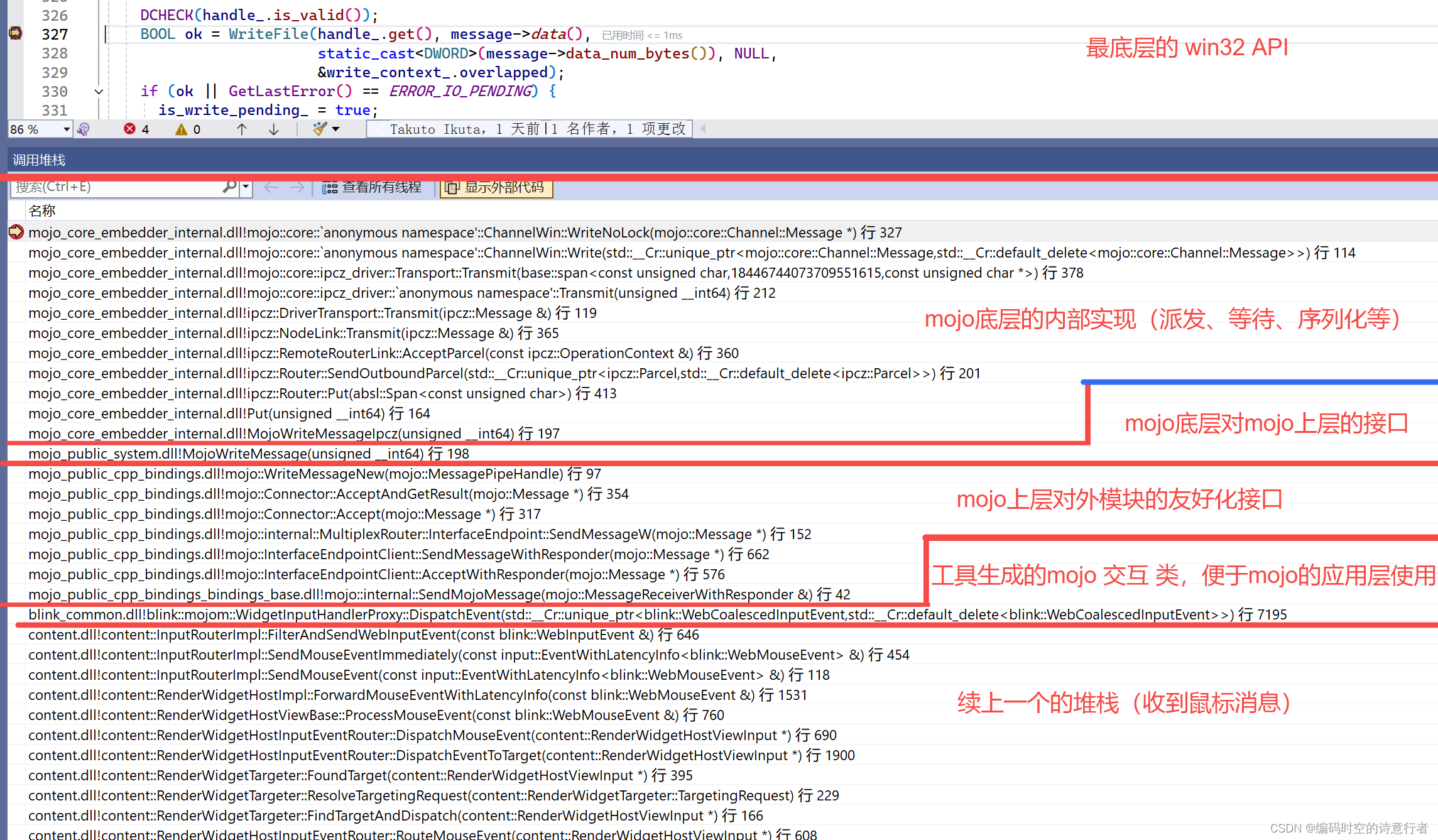
接下来,我们要换个进程,在渲染进程打上断点,看看消息过来后,怎么走的流程:
首先搜索这个mojom的事件,确认渲染进程断点落脚处:

题外话:这个input_handler.mojom.cc到了渲染进程那就成了input_handler.mojom-blink.cc了。
这两个文件99%相似,只有少量的不同(命名空间、基础类型):
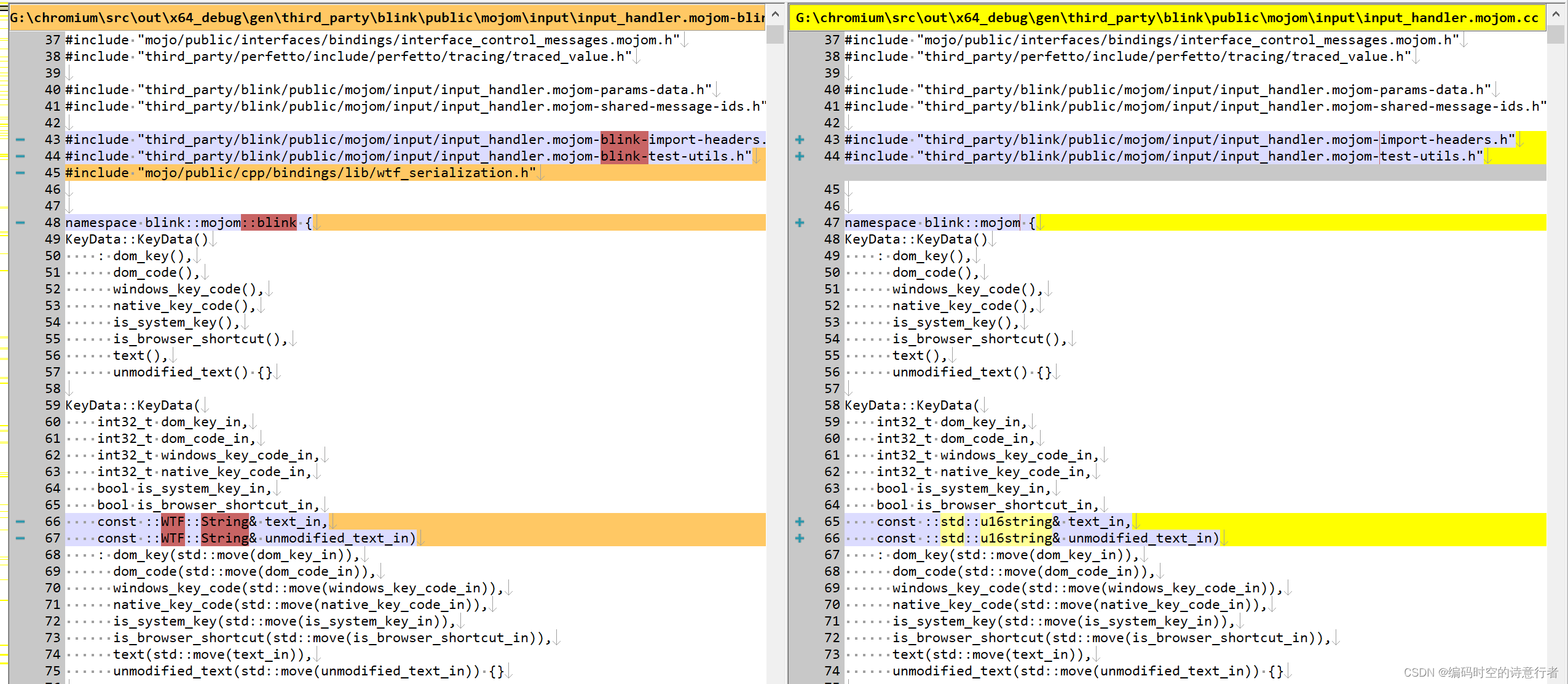
这两个类的基类是一样的:

这个类的头文件写明了,是由什么工具生成的:

很好奇生成源,我们也去看看:

// Copyright 2020 The Chromium Authors
// Use of this source code is governed by a BSD-style license that can be
// found in the LICENSE file.
module blink.mojom;
import "cc/mojom/browser_controls_state.mojom";
import "cc/mojom/overscroll_behavior.mojom";
import "cc/mojom/touch_action.mojom";
import "mojo/public/mojom/base/string16.mojom";
import "mojo/public/mojom/base/time.mojom";
import "third_party/blink/public/mojom/input/gesture_event.mojom";
import "third_party/blink/public/mojom/input/handwriting_gesture_result.mojom";
import "third_party/blink/public/mojom/input/input_event_result.mojom";
import "third_party/blink/public/mojom/input/input_event.mojom";
import "third_party/blink/public/mojom/input/pointer_lock_context.mojom";
import "third_party/blink/public/mojom/input/pointer_lock_result.mojom";
import "third_party/blink/public/mojom/input/ime_host.mojom";
import "third_party/blink/public/mojom/input/stylus_writing_gesture.mojom";
import "third_party/blink/public/mojom/input/touch_event.mojom";
import "third_party/blink/public/mojom/selection_menu/selection_menu_behavior.mojom";
import "ui/base/ime/mojom/ime_types.mojom";
import "ui/events/mojom/event_constants.mojom";
import "ui/events/mojom/event_latency_metadata.mojom";
import "ui/events/mojom/event.mojom";
import "ui/events/mojom/scroll_granularity.mojom";
import "ui/gfx/geometry/mojom/geometry.mojom";
import "ui/gfx/range/mojom/range.mojom";
import "ui/latency/mojom/latency_info.mojom";
[EnableIf=is_android]
import "third_party/blink/public/mojom/input/synchronous_compositor.mojom";
// These structs are purposely duplicated from ui/events/mojom/event.mojom.
// They map WebInputEvent <-> WebInputEvent across mojo.
// We have to work at unifying them. The current problem is that the browser
// uses WebInputEvents inside the render widget host and input router. Once
// we move these to ui::Event's then we can get rid of these duplicated
// mojom structs. Ideally the browser would use ui::Event up until we
// pass the events into the renderer and just use a StructTraits to perform
// conversion from ui::mojom::Event --> blink::WebInputEvent.
struct KeyData {
int32 dom_key;
int32 dom_code;
int32 windows_key_code;
int32 native_key_code;
bool is_system_key;
bool is_browser_shortcut;
mojo_base.mojom.String16 text;
mojo_base.mojom.String16 unmodified_text;
};
struct PointerData {
int32 pointer_id;
float force;
double tilt_x;
double tilt_y;
float tangential_pressure;
int32 twist;
blink.mojom.Button button;
ui.mojom.EventPointerType pointer_type;
int32 movement_x;
int32 movement_y;
bool is_raw_movement_event;
gfx.mojom.PointF widget_position;
gfx.mojom.PointF screen_position;
MouseData? mouse_data;
int32 device_id;
};
struct WheelData {
float delta_x;
float delta_y;
float wheel_ticks_x;
float wheel_ticks_y;
float acceleration_ratio_x;
float acceleration_ratio_y;
uint8 phase;
uint8 momentum_phase;
blink.mojom.DispatchType cancelable;
uint8 event_action;
uint8 delta_units;
};
struct MouseData {
int32 click_count;
WheelData? wheel_data;
};
struct ScrollUpdate {
float velocity_x;
float velocity_y;
};
struct ScrollData {
float delta_x;
float delta_y;
ui.mojom.ScrollGranularity delta_units;
bool target_viewport;
blink.mojom.InertialPhaseState inertial_phase;
bool synthetic;
int32 pointer_count;
// Used for GestureScrollBegin type only. If this is true, we use the scroll
// sequence to do cursor control rather than scroll.
bool cursor_control;
ScrollUpdate? update_details;
};
struct PinchBeginData {
bool needs_wheel_event;
};
struct PinchUpdateData {
float scale;
bool zoom_disabled;
bool needs_wheel_event;
};
struct PinchEndData {
bool needs_wheel_event;
};
struct FlingData {
float velocity_x;
float velocity_y;
bool target_viewport;
bool prevent_boosting;
};
struct TapData {
int32 tap_count;
bool needs_wheel_event;
};
struct TapDownData {
int32 tap_down_count;
};
struct GestureData {
gfx.mojom.PointF screen_position;
gfx.mojom.PointF widget_position;
blink.mojom.GestureDevice source_device;
bool is_source_touch_event_set_blocking;
ui.mojom.EventPointerType primary_pointer_type;
int32 primary_unique_touch_event_id;
int32 unique_touch_event_id;
gfx.mojom.Size? contact_size;
ScrollData? scroll_data;
PinchBeginData? pinch_begin_data;
PinchUpdateData? pinch_update_data;
PinchEndData? pinch_end_data;
TapData? tap_data;
TapDownData? tap_down_data;
FlingData? fling_data;
};
struct TouchPoint {
blink.mojom.TouchState state;
float radius_x;
float radius_y;
float rotation_angle;
PointerData pointer_data;
};
struct TouchData {
blink.mojom.DispatchType cancelable;
bool moved_beyond_slop_region;
bool touch_start_or_first_move;
bool hovering;
uint32 unique_touch_event_id;
array<TouchPoint> touches;
};
struct Event {
blink.mojom.EventType type;
int32 modifiers;
mojo_base.mojom.TimeTicks timestamp;
ui.mojom.LatencyInfo latency;
ui.mojom.EventLatencyMetadata event_latency_metadata;
KeyData? key_data;
PointerData? pointer_data;
GestureData? gesture_data;
TouchData? touch_data;
};
// Represents the current state of overscroll.
struct DidOverscrollParams {
gfx.mojom.Vector2dF accumulated_overscroll;
gfx.mojom.Vector2dF latest_overscroll_delta;
gfx.mojom.Vector2dF current_fling_velocity;
gfx.mojom.PointF causal_event_viewport_point;
cc.mojom.OverscrollBehavior overscroll_behavior;
};
// A struct wrapper for the TouchAction enumeration because
// enumerations cannot be optional.
struct TouchActionOptional {
cc.mojom.TouchAction touch_action;
};
// Types related to sending edit commands to the renderer.
struct EditCommand {
string name;
string value;
};
// A structure that indicates selection offsets if the selection could be
// established.
struct SelectAroundCaretResult {
// The offset differences between the extended selection and the initial
// selection (which is a caret).
int32 extended_start_adjust;
int32 extended_end_adjust;
// The offset differences between the word selection (regardless of the
// extended selection granularity) and the initial selection (which is a
// caret).
int32 word_start_adjust;
int32 word_end_adjust;
};
// GENERATED_JAVA_ENUM_PACKAGE: org.chromium.blink_public.input
// GENERATED_JAVA_CLASS_NAME_OVERRIDE: SelectionGranularity
enum SelectionGranularity {
kWord,
kSentence,
};
// An enumeration that describes the allowed non-directional pan action for the
// element under pointer being considered.
enum PanAction {
// No pan action allowed.
kNone,
// Pan action is scroll.
kScroll,
// Pan action moves cursor when initial touch move is in horizontal direction,
// or scrolls in the vertical direction.
kMoveCursorOrScroll,
// Pan action is stylus writable.
kStylusWritable,
};
// Interface exposed by the browser to the renderer.
interface WidgetInputHandlerHost {
// When the renderer's main thread computes the touch action, send this to the
// browser.
SetTouchActionFromMain(cc.mojom.TouchAction touch_action);
// Sets the pan action possible for the element under pointer which could be
// one of the actions described under enum PanAction. Note that this is
// different from TouchAction and does not contain directional pan info.
SetPanAction(PanAction pan_action);
// Sent by the compositor when input scroll events are dropped due to bounds
// restrictions on the root scroll offset.
DidOverscroll(DidOverscrollParams params);
// Sent by the compositor when a GSB has started scrolling the viewport.
DidStartScrollingViewport();
// Required for cancelling an ongoing input method composition.
ImeCancelComposition();
// Sends the character bounds after every composition change
// to always have correct bound info.
ImeCompositionRangeChanged(gfx.mojom.Range range,
array<gfx.mojom.Rect>? character_bounds,
array<gfx.mojom.Rect>? line_bounds);
// Updates the mouse capture state of this widget. While capture is enabled,
// all mouse events, including those that don't hittest to this widget, will
// be targeted to this widget. This enables Blink to behave correctly when
// a scrollbar is being dragged, or text is being drag-highlighted, even
// when the mouse passes across different RenderWidget areas.
SetMouseCapture(bool capture);
// Updates the browser whether this main frame widget has ongoing autoscroll
// selection. Any further mouse up event should always be dispatched to the
// main frame in addition to it's event target (OOP child frame) if the state
// is active. This API should only ever be called on the InputHandler for a
// main frame's RenderWidgetHost.
SetAutoscrollSelectionActiveInMainFrame(bool autoscroll_selection);
// Requests locking the target of mouse events to a single element and
// removing the cursor from view. Mostly used by the Pointer Lock API.
// See https://www.w3.org/TR/pointerlock/ for more info. This call is
// also used by Pepper Flash.
// |from_user_gesture| indicates whether this request came from a user
// gesture or not.
// |unadjusted_movement| indicates whether the request asked for raw mouse
// movement data or just what the operating system returns (often accelerated
// mouse movement).
// |result| kSuccess if the mouse has been locked or the appropriate error
// reason if not.
// |context| is one end of a mojo pipe that will stay connected as long as
// the mouse is locked. Is a NullRemote if |result| is not kSuccess.
RequestMouseLock(bool from_user_gesture,
bool unadjusted_movement)
=> (PointerLockResult result,
pending_remote<blink.mojom.PointerLockContext>? context);
};
// This interface provides the input actions associated with the FrameWidget.
// Other input actions may also be dispatched via the WidgetInputHandler
// interface. If frame input actions are dispatched the WidgetInputHandler
// should be fetched via the associated interface request so that input calls
// remain in order. See https://goo.gl/x4ee8A for more details.
interface FrameWidgetInputHandler {
// Adds text decorations between a given valid start and end offsets in the
// currently focused editable field.
AddImeTextSpansToExistingText(
uint32 start, uint32 end, array<ui.mojom.ImeTextSpan> ime_text_spans);
// Clears text decorations type between a given valid start and end offsets
// in the currently focused editable field.
ClearImeTextSpansByType(
uint32 start, uint32 end, ui.mojom.ImeTextSpanType type);
// Sets the text composition to be between the given start and end offsets in
// the currently focused editable field.
SetCompositionFromExistingText(
int32 start, int32 end, array<ui.mojom.ImeTextSpan> ime_text_spans);
// Deletes the current selection plus the specified number of characters
// before and after the selection or caret.
ExtendSelectionAndDelete(int32 before, int32 after);
// Deletes the current selection plus the specified number of characters
// before and after the selection or caret.
ExtendSelectionAndReplace(uint32 before,
uint32 after,
mojo_base.mojom.String16 replacement_text);
// Deletes text before and after the current cursor position, excluding the
// selection. The lengths are supplied in Java chars (UTF-16 Code Unit),
// not in code points or in glyphs.
DeleteSurroundingText(int32 before, int32 after);
// Deletes text before and after the current cursor position, excluding the
// selection. The lengths are supplied in code points, not in Java chars
// (UTF-16 Code Unit) or in glyphs. Does nothing if there are one or more
// invalid surrogate pairs in the requested range
DeleteSurroundingTextInCodePoints(int32 before, int32 after);
// Selects between the given start and end offsets in the currently focused
// editable field.
SetEditableSelectionOffsets(int32 start, int32 end);
// Stylus Writing - perform Gesture action in input using gesture data.
HandleStylusWritingGestureAction(
blink.mojom.StylusWritingGestureData gesture_data)
=> (HandwritingGestureResult result);
// Message payload is the name/value of a WebCore edit command to execute.
ExecuteEditCommand(string command, mojo_base.mojom.String16? value);
// These messages are typically generated from context menus and request the
// renderer to apply the specified operation to the current selection.
Undo();
Redo();
Cut();
Copy();
CopyToFindPboard();
CenterSelection();
Paste();
PasteAndMatchStyle();
Delete();
SelectAll();
CollapseSelection();
// Pushed from the browser to the renderer each time the IME is activated,
// e.g. an editable element becomes focused.
[EnableIf=is_android]
PassImeRenderWidgetHost(pending_remote<ImeRenderWidgetHost> remote);
// Replaces the selected region or a word around the cursor with the
// specified string.
Replace(mojo_base.mojom.String16 word);
// Replaces the misspelling in the selected region with the specified string.
ReplaceMisspelling(mojo_base.mojom.String16 word);
// Requests the renderer to select the region between two points.
// Expects a SelectRange_ACK message when finished.
SelectRange(gfx.mojom.Point base, gfx.mojom.Point extent);
// Sent by the browser to ask the renderer to adjust the selection start and
// end points by the given amounts. A negative amount moves the selection
// towards the beginning of the document, a positive amount moves the
// selection towards the end of the document. Will send show selection menu
// event when needed.
AdjustSelectionByCharacterOffset(
int32 start, int32 end, SelectionMenuBehavior behavior);
// Requests the renderer to select the specified granularity around caret and
// to potentially show the selection handles and / or context menu after
// selection.
// Expects ack with new selection information when finished, or null if the
// selection failed.
SelectAroundCaret(SelectionGranularity granularity, bool should_show_handle,
bool should_show_context_menu)
=> (SelectAroundCaretResult? result);
// Requests the renderer to move the selection extent point to a new position.
// Expects a MoveRangeSelectionExtent_ACK message when finished.
MoveRangeSelectionExtent(gfx.mojom.Point extent);
// Tells the renderer to scroll the currently focused node into view only if
// the currently focused node is a Text node (textfield, text area or content
// editable divs).
ScrollFocusedEditableNodeIntoView();
// Replies when the next PageScaleAnimation has completed. Can only be called
// on the outermost main frame. Can be used to reliably wait for a
// ScrollFocusedEditableNodeIntoView to complete since that may create a
// PageScaleAnimation which can take several frames to complete.
// ScrollFocusedEditableNodeIntoView cannot use a reply callback for this
// since it may be called on a subframe but the scroll will be completed in
// another renderer when it bubbles up to the root. Additionally, the caller
// may not be the one to have called ScrollFocusedEditableNodeIntoView; for
// example, a test that simulates tapping an input box.
WaitForPageScaleAnimationForTesting() => ();
// Requests the renderer to move the caret selection toward the point.
MoveCaret(gfx.mojom.Point point);
};
// An enumeration describing the active and focus states. If a widget is
// focused then it must also be active, therefore there is no focused and
// not active value in this enumeration. All widgets in a tab will have
// the same active state. Active state is tab specific, and focus state is
// frame specific. See
// https://www.chromium.org/developers/design-documents/aura/focus-and-activation/
enum FocusState
{
kFocused,
kNotFocusedAndActive,
kNotFocusedAndNotActive
};
// Interface exposed by the renderer to the browser. This class represents
// an input interface for an associated Widget object. See FrameWidgetInputHandler
// for an interface at the frame level.
interface WidgetInputHandler {
// Tells widget focus has been changed.
SetFocus(FocusState state);
// Tells widget mouse capture has been lost.
MouseCaptureLost();
// This message notifies the renderer that the next key event is bound to one
// or more pre-defined edit commands. If the next key event is not handled
// by blink, the specified edit commands shall be executed against current
// focused frame.
// Parameters
// * edit_commands
// See t_p/b/renderer/core/editing/commands/editing_command_type.h
// Contains one or more edit commands.
// See t_p/b/renderer/core/editing/commands/editor_command.cc for
// detailed definition of webkit edit commands.
//
// This message must be sent just before sending a key event.
SetEditCommandsForNextKeyEvent(array<EditCommand> commands);
// Sends the cursor visibility state to the render widget.
CursorVisibilityChanged(bool visible);
// This message sends a string being composed with an input method.
// Note, the response is specifically for Devtools to learn about completion
ImeSetComposition(mojo_base.mojom.String16 text,
array<ui.mojom.ImeTextSpan> ime_text_spans,
gfx.mojom.Range range, int32 start, int32 end) => ();
// This message deletes the current composition, inserts specified text, and
// moves the cursor.
// Note, the response is specifically for Devtools to learn about completion
ImeCommitText(mojo_base.mojom.String16 text,
array<ui.mojom.ImeTextSpan> ime_text_spans,
gfx.mojom.Range range, int32 relative_cursor_position) => ();
// This message inserts the ongoing composition.
ImeFinishComposingText(bool keep_selection);
// Request from browser to update text input state.
RequestTextInputStateUpdate();
// Request from browser to update the cursor and composition information which
// will be sent through ImeCompositionRangeChanged. Setting
// |immediate_request| to true will lead to an immediate update. If
// |monitor_updates| is set to true then changes to text selection or regular
// updates in each compositor frame (when there is a change in composition
// info) will lead to updates being sent to the browser.
RequestCompositionUpdates(bool immediate_request, bool monitor_request);
// Sends an input event to the render widget. The browser should use this
// API if it wants to know about the result of the rendering handling
// the event. The callback may be delayed based on the event running on
// the main thread so DispatchNonBlockingEvent is always preferred if
// you don't require notification.
DispatchEvent(Event event)
=> (blink.mojom.InputEventResultSource source,
ui.mojom.LatencyInfo updated_latency,
blink.mojom.InputEventResultState state,
DidOverscrollParams? overscroll,
TouchActionOptional? touch_action);
// Sends a non-blocking input event to the render widget. The behaviour
// of this API is the same as DispatchEvent just that there is no callback
// after the event is processed.
DispatchNonBlockingEvent(Event event);
// Forces input to be flushed and resolves the callback only once the input
// has been fully processed, meaning its effects are visible to the full
// system. In practice, this will force a redraw and wait until the new
// CompositorFrame (containing all changes caused by prior input) has been
// displayed.
WaitForInputProcessed() => ();
// Attach the synchronous compositor interface. This method only
// should be called for Android WebView.
[EnableIf=is_android]
AttachSynchronousCompositor(
pending_remote<SynchronousCompositorControlHost> control_host,
pending_associated_remote<SynchronousCompositorHost> host,
pending_associated_receiver<SynchronousCompositor> compositor_request);
// Return an associated FrameWidgetInputHandler interface so that input
// messages to the frame associated with this widget can be sent
// serially.
GetFrameWidgetInputHandler(
pending_associated_receiver<FrameWidgetInputHandler> interface_request);
// Notifies the renderer whether hiding/showing the browser controls is
// enabled, what the current state should be, and whether or not to
// animate to the proper state.
UpdateBrowserControlsState(cc.mojom.BrowserControlsState constraints,
cc.mojom.BrowserControlsState current,
bool animate);
};
可见,这个生成的不止一个事件,包含了大部分用户事件了。去看看所在目录,也初步熟悉blink的目录结构了:

后面我们再详细介绍这套mojo跨进程通信框架的细节。
言归正传,我们attach到render进程,继续打断点跟踪鼠标事件。
想在渲染进程找到WidgetInputHandler类对应的消息,只需要在后面加个Impl即可,我们通过符号跳转,找到WidgetInputHandlerImpl类:
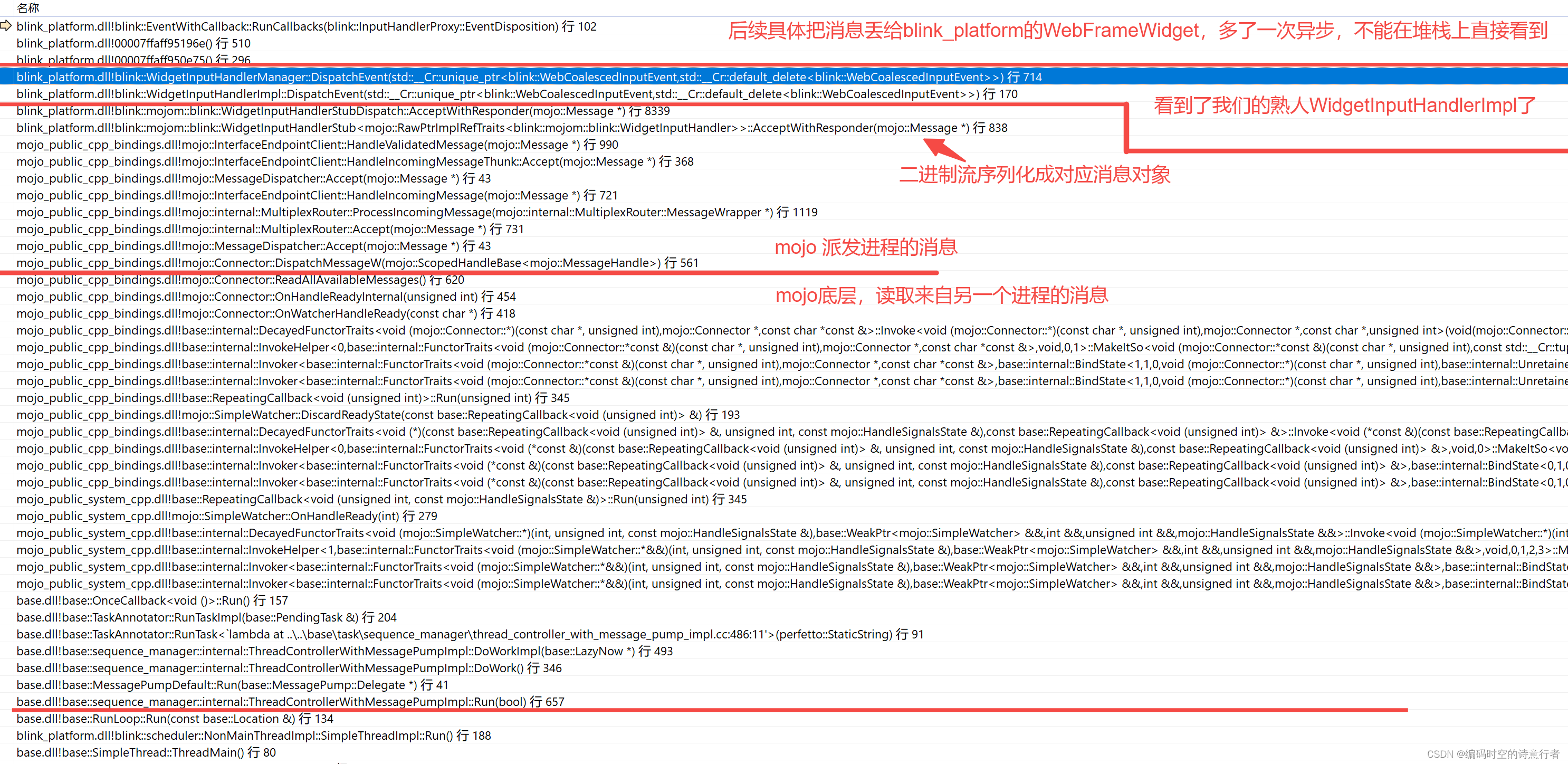
接下来,中间弯弯绕绕太多,我们直接在node打个断点,看看鼠标事件如何传递到node具体的处理逻辑中的:

事件首先被捕获并封装为一个MouseEvent或PointerEvent对象。然后通过EventDispatcher类和相关方法,事件被分发到目标Node。对应的HTML元素(通过HTMLElement和特化的TextControlInnerEditorElement)会处理这个事件,然后这个时间触发默认基类的处理器。
WebFrameWidget:继承自WebWidget,但是大部分函数依然是虚函数,用于专门负责处理一个WebFrame(即一个网页框架)的渲染和事件。如果要想显示一个网页,那么需要继承自WebFrameWidget并实现相关纯虚函数。
WebFrameWidgetImpl:是WebFrameWidget在blink里的一个具体实现类。它实现了接口中定义的所有方法,并提供了框架的具体行为。WebFrameWidgetImpl负责实际的绘图逻辑、输入事件处理、视图的更新和大小调整等。这个实现将抽象的行为具体化,它通过调用Blink渲染引擎的其他组件,如布局引擎、绘图系统等,来完成对Web内容的渲染和事件处理。WebFrameWidgetImpl是Web内容在Blink中被渲染的核心地方,它直接与底层的渲染流水线交互。
讲到这里,也要引出一个重量级的基类:Node:
Node类是一个非常重要的基类,它表示文档中的一个节点。Node类扮演了核心角色,以下是对Node类及其作用的更详细介绍:
层次结构:
Node类位于 DOM(文档对象模型)层次结构中的基础位置。在 DOM 中,所有的元素、文本内容和属性都被视为节点。因此,Node类提供了一系列的基础方法和属性,用于管理节点之间的关系(例如父子关系和兄弟关系)、节点的遍历以及节点的基本操作(比如插入、替换、删除)。事件模型:
Node类还是事件模型的一部分。在 Blink 中,事件通常会在节点之间传播,遵循捕获阶段、目标阶段和冒泡阶段。Node类提供了事件处理的相关方法,比如绑定事件监听器、分发事件等。当事件发生时,比如用户的点击或键盘操作,它会被分发到正确的Node对象,并且通过事件监听器进行相应的处理。渲染:
虽然Node类本身并不直接处理渲染,但它的派生类,如Element和特化后的HTMLElement,会存储与渲染相关的属性(例如样式信息)。这些类将Node的基础功能扩展到了渲染管线中,这样渲染引擎就可以使用这些信息来呈现视觉元素。类型多样性:
DOM 中有不同类型的节点,包括但不限于元素节点(Element)、文本节点(Text)、注释节点(Comment)和文档节点(Document)。Node类是这些具体节点类型的基类,通过继承和多态,不同类型的节点可以拥有特化的行为,并且仍然能够通过Node类的接口进行通用处理。API 和脚本接口:
Node类还提供了一系列的 API,供 JavaScript 脚本访问和操纵节点。开发者可以通过这些 API 查询节点信息、修改节点结构、动态添加或移除节点等。这为开发者提供了强大的能力来改变页面内容和行为。总的来说,
Node类是 Blink 和 Web 开发者用来操作和理解 Web 页面结构的基础,它为构建、遍历和交互提供了基本的框架。通过Node及其派生类,Blink 渲染引擎能够将结构化的 HTML 文档转化为用户可以看到和交互的网页。
未完待续 ....

